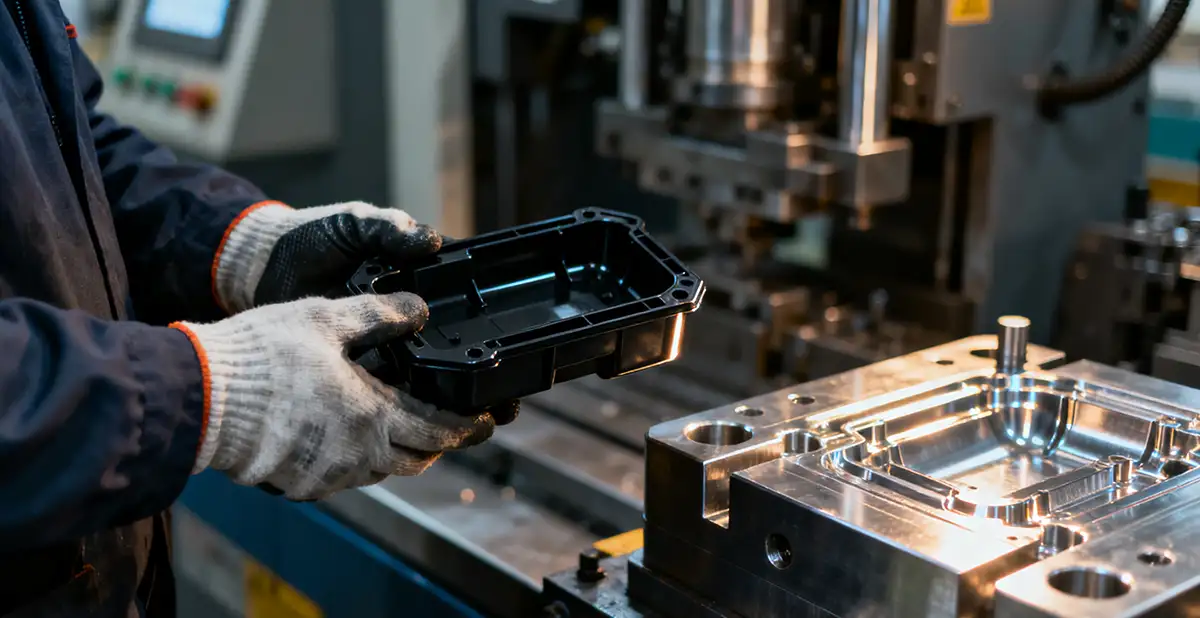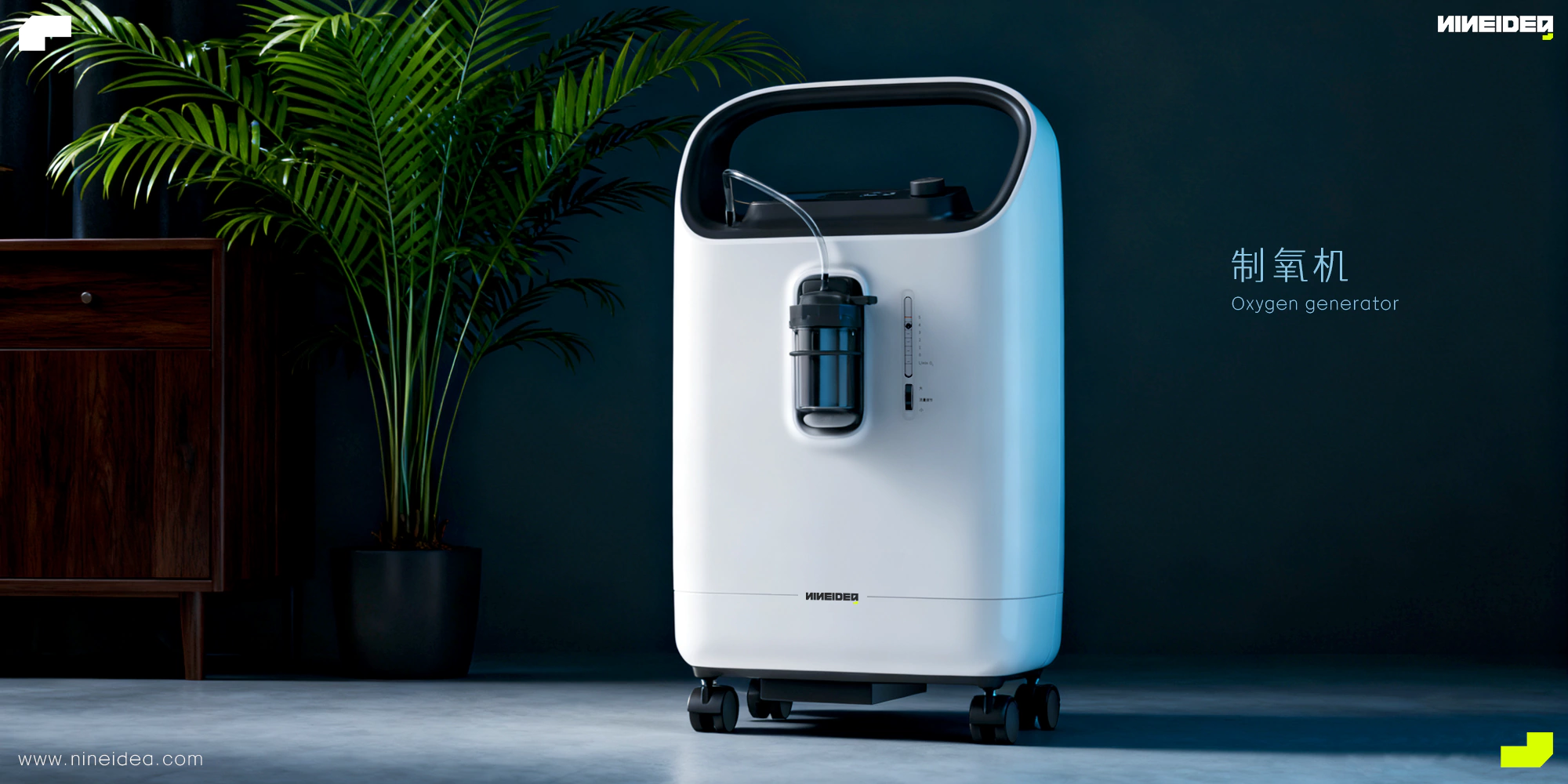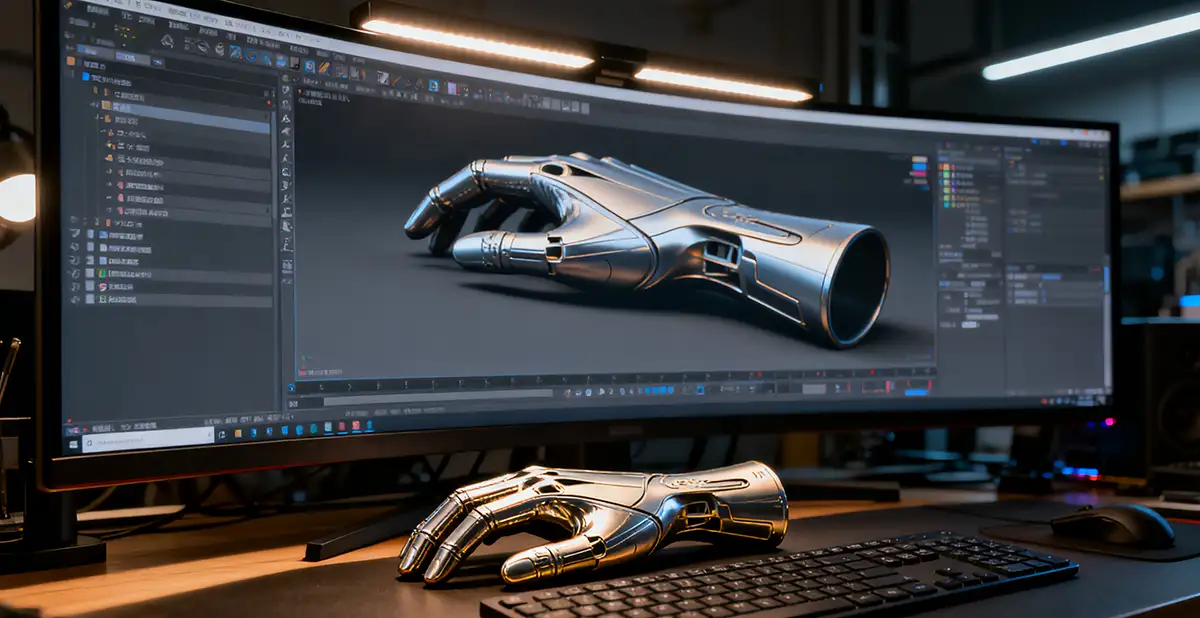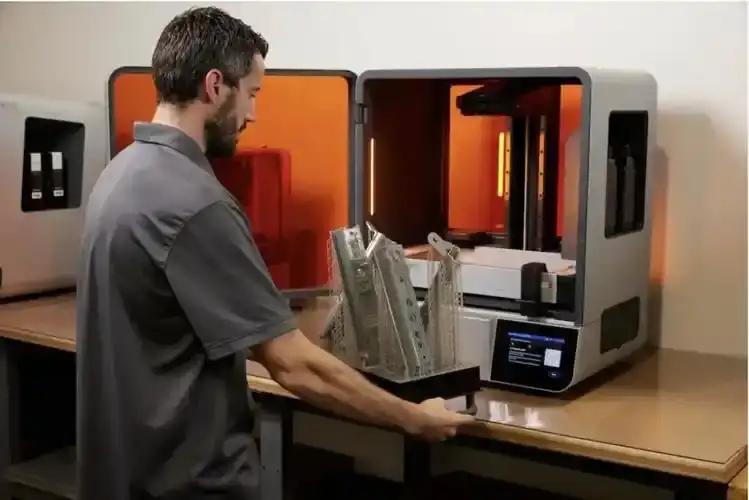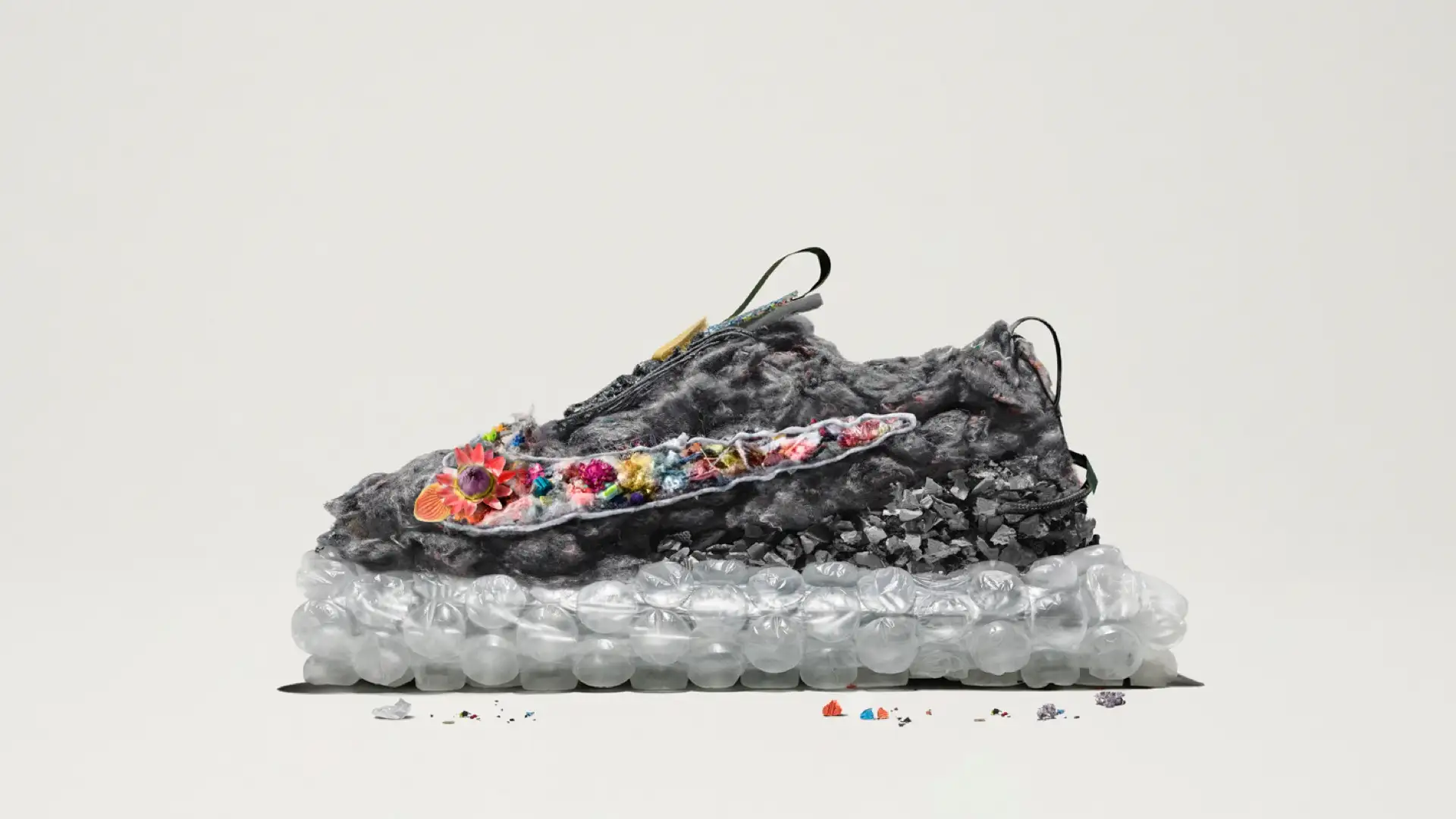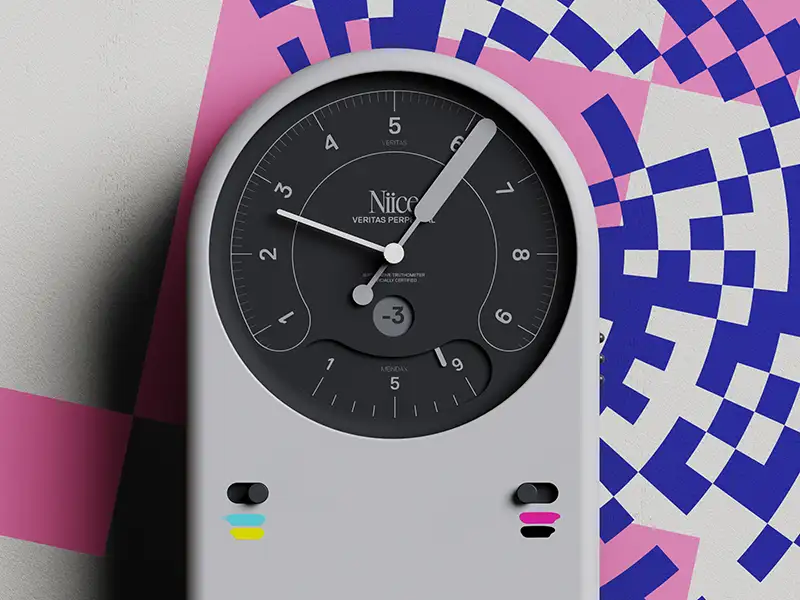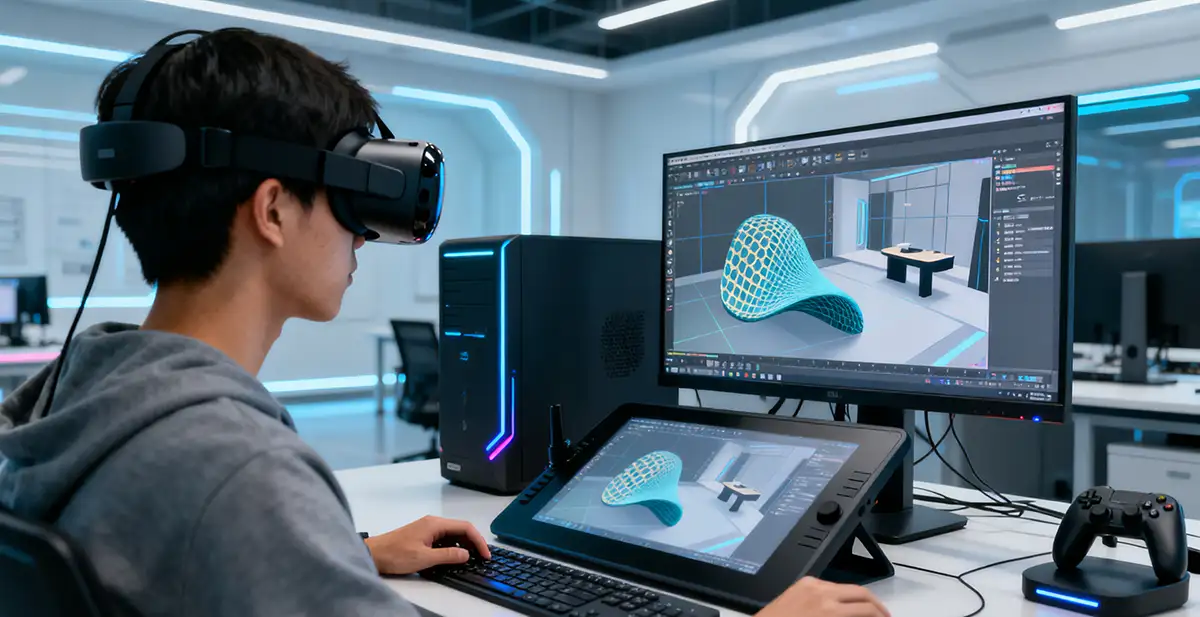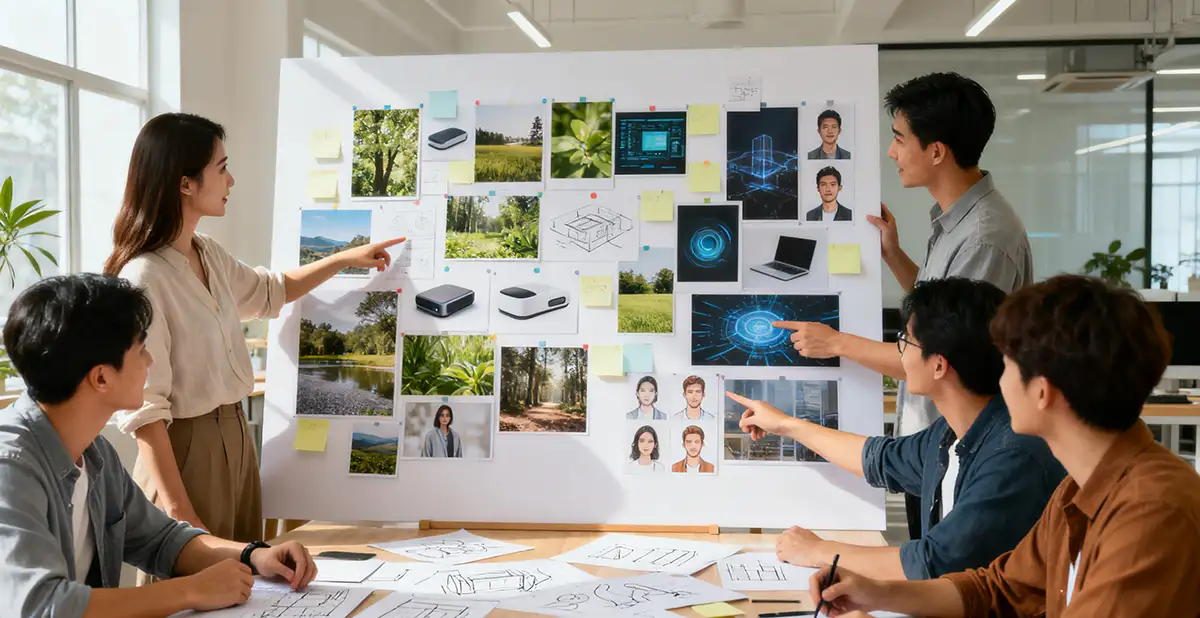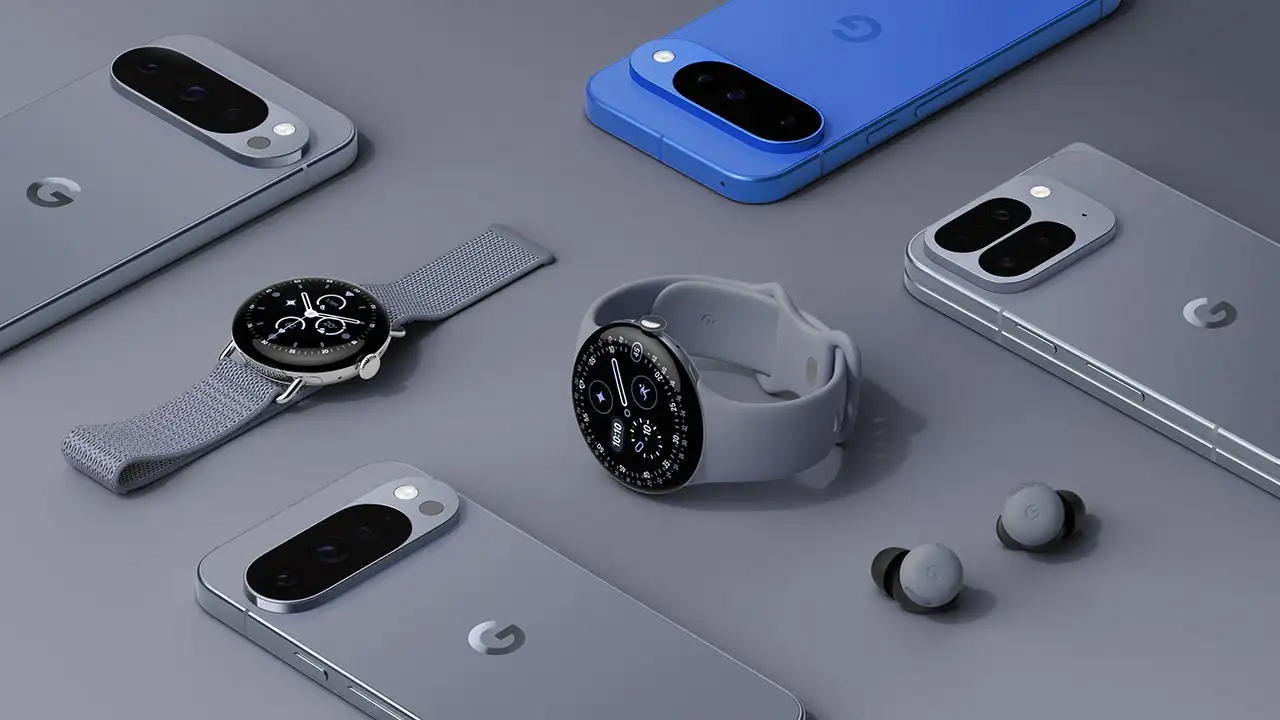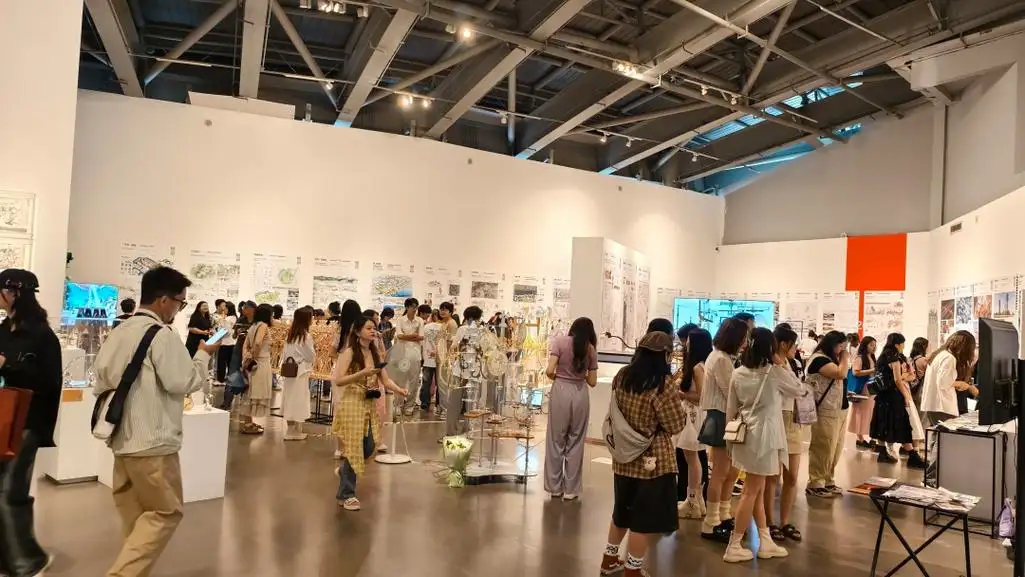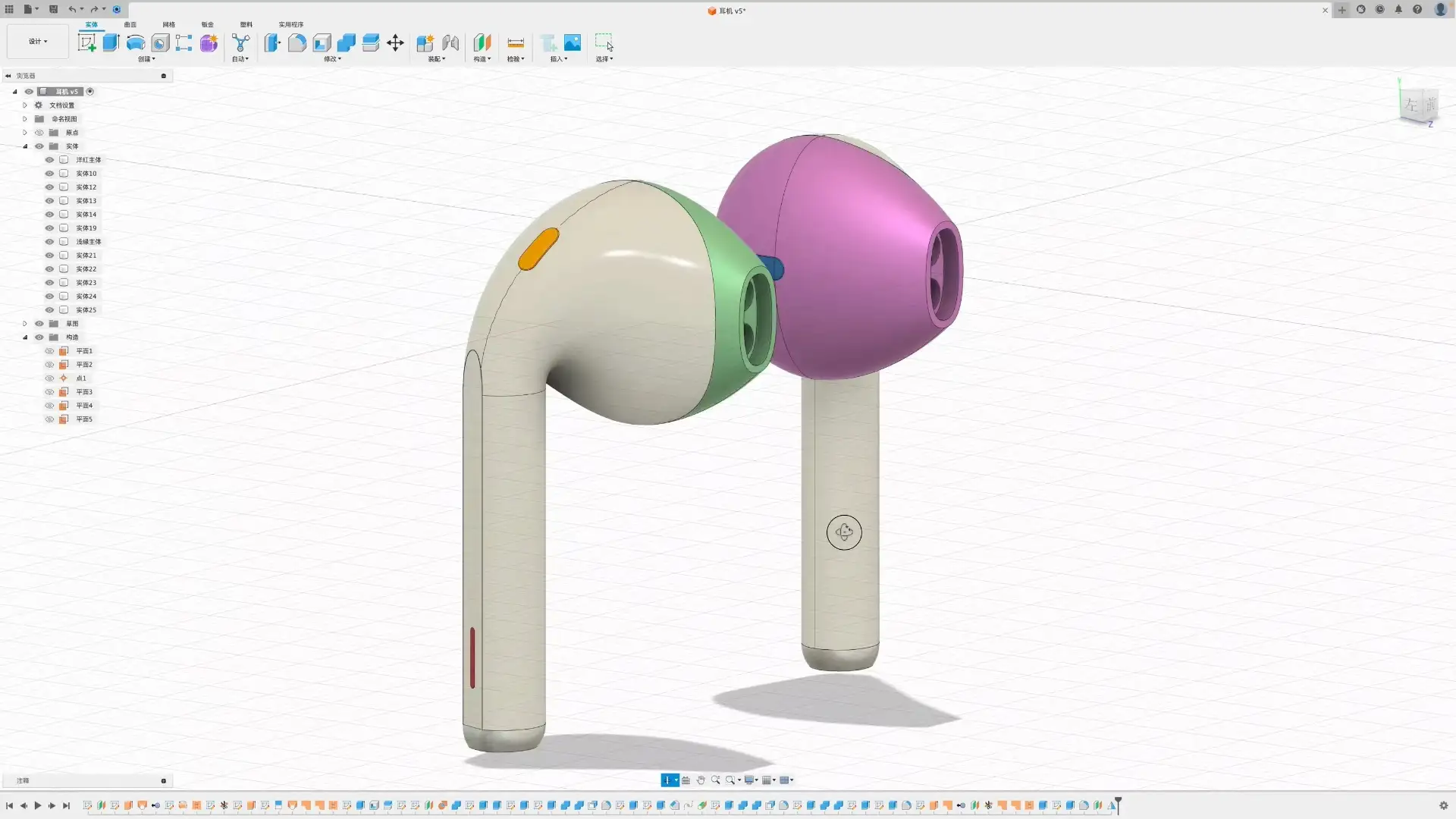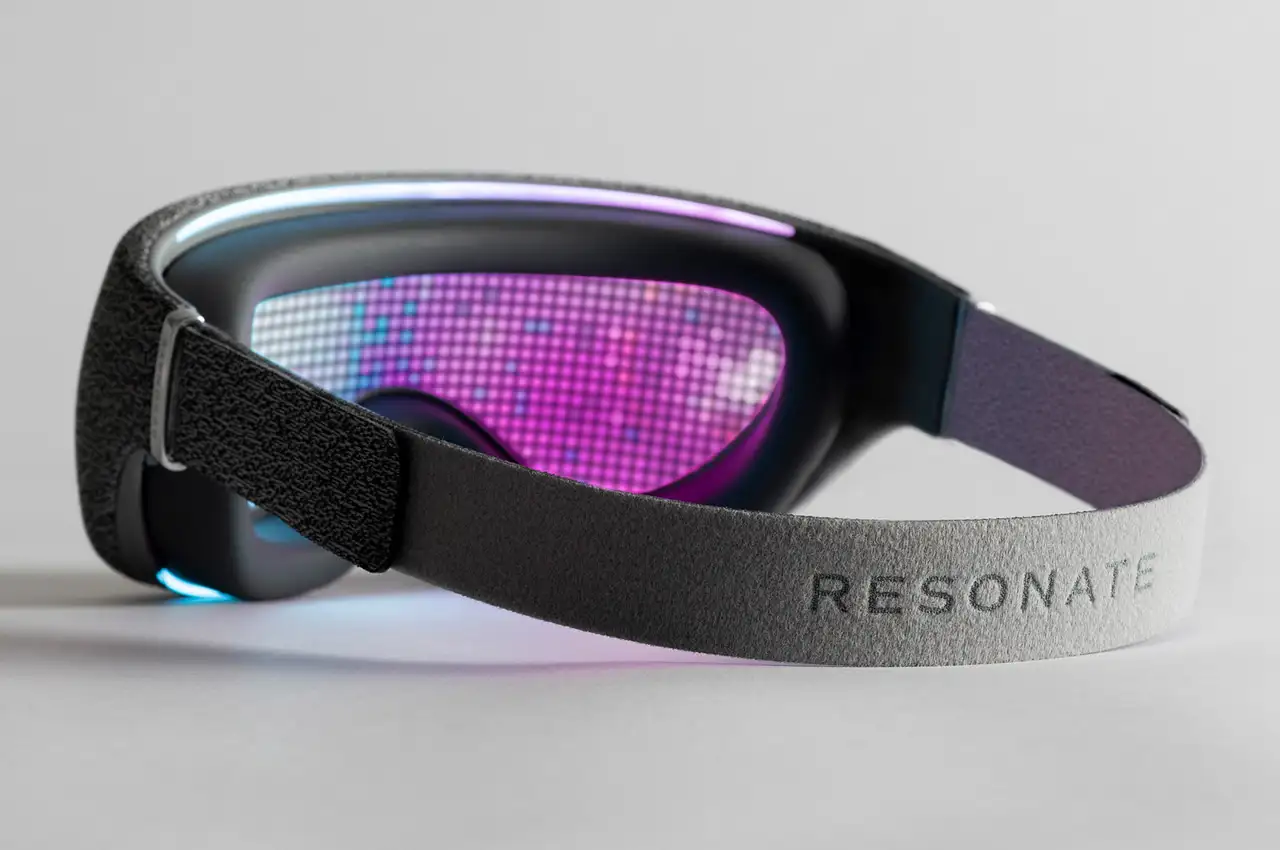NINEIDEA:工业设计,本是创新与灵感交织的领域,可如今不少设计师和企业却撞上了 “南墙”。产品同质化严重,市场竞争激烈得如同战场,新创意难产,消费者的心思也越来越难猜。曾经推动行业前进的动力似乎失了效,工业设计的前路被阴霾笼罩,当遭遇工业设计瓶颈,这瓶颈究竟该如何突破?出路又在何方?在这样的困局之下,探寻破局之法成了工业设计领域的当务之急。
回归用户需求本质,深挖情感连接
当设计陷入瓶颈,不妨回到原点 —— 用户需求。过去,我们对用户需求的理解或许仅停留在表面的功能层面,但如今,深入挖掘情感层面的需求才是关键。以家居设计为例,人们不再仅仅满足于家具的实用功能,更渴望它能营造出温馨、舒适且彰显个性的居住氛围。设计师可通过深入访谈、观察用户生活场景等方式,真正理解他们的内心渴望。比如,为独居老人设计产品时,除了考虑安全性与易用性,还可融入情感陪伴元素,像具有语音互动功能的智能台灯,在提供照明的同时,能陪老人聊天解闷,让他们感受到关怀与温暖。
跨领域融合,开拓设计新视野
工业设计不应局限于自身领域,跨领域融合能带来全新的灵感与机遇。与科技领域结合,可借助如人工智能、虚拟现实等前沿技术,为产品赋予新的功能与体验。例如,将 AI 技术融入汽车设计,实现自动驾驶与智能交互,改变人们的出行方式。与艺术领域合作,能提升产品的美学价值,使产品成为独特的艺术作品。如一些品牌与知名艺术家合作,推出限量版产品,将艺术元素巧妙融入设计,吸引追求独特审美消费者的目光。此外,与心理学、社会学等学科融合,能更好地把握用户行为与社会趋势,设计出符合时代潮流的产品。
倡导可持续设计,引领绿色发展潮流
随着环保意识的增强,可持续设计成为工业设计突破瓶颈的重要方向。一方面,选用环保可回收材料,减少产品对环境的负面影响。例如,利用废弃塑料制成时尚的家具,既解决了废弃物处理问题,又赋予产品独特质感。另一方面,优化产品设计,延长其使用寿命。如采用模块化设计的电子产品,方便用户自行更换损坏部件,而非整体丢弃,降低资源浪费。同时,设计过程中考虑产品的可拆解性与再制造性,实现资源的循环利用,满足消费者对环保产品的需求,为企业赢得可持续发展的竞争优势。
当工业设计遭遇瓶颈,通过回归用户需求本质、跨领域融合以及倡导可持续设计等途径,我们有望冲破迷雾,找到新的发展方向,开创工业设计的新局面。
@NINEIDEA九号创新 www.nineidea.com
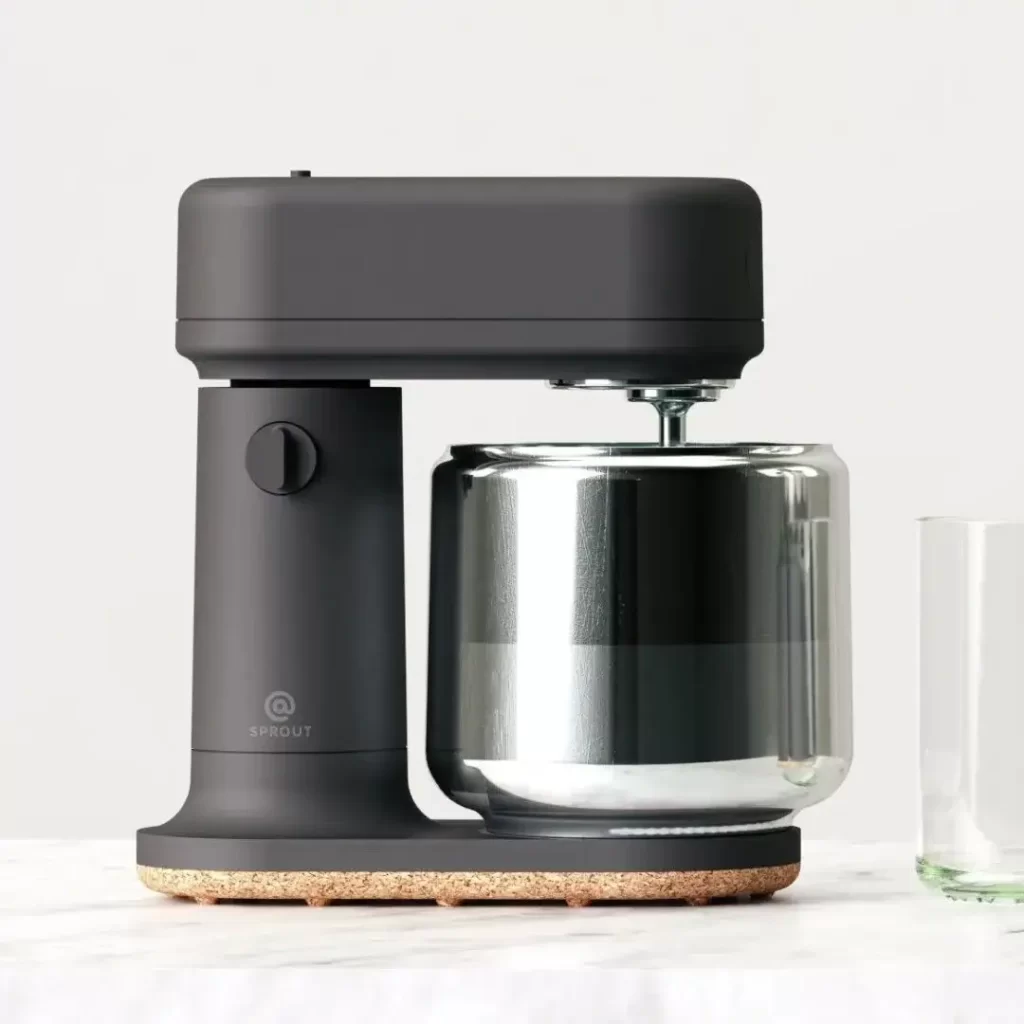
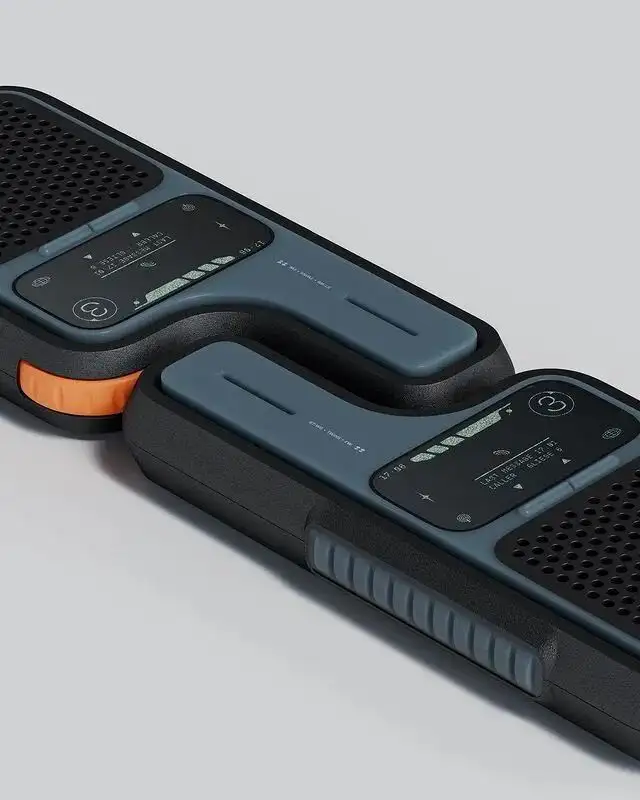
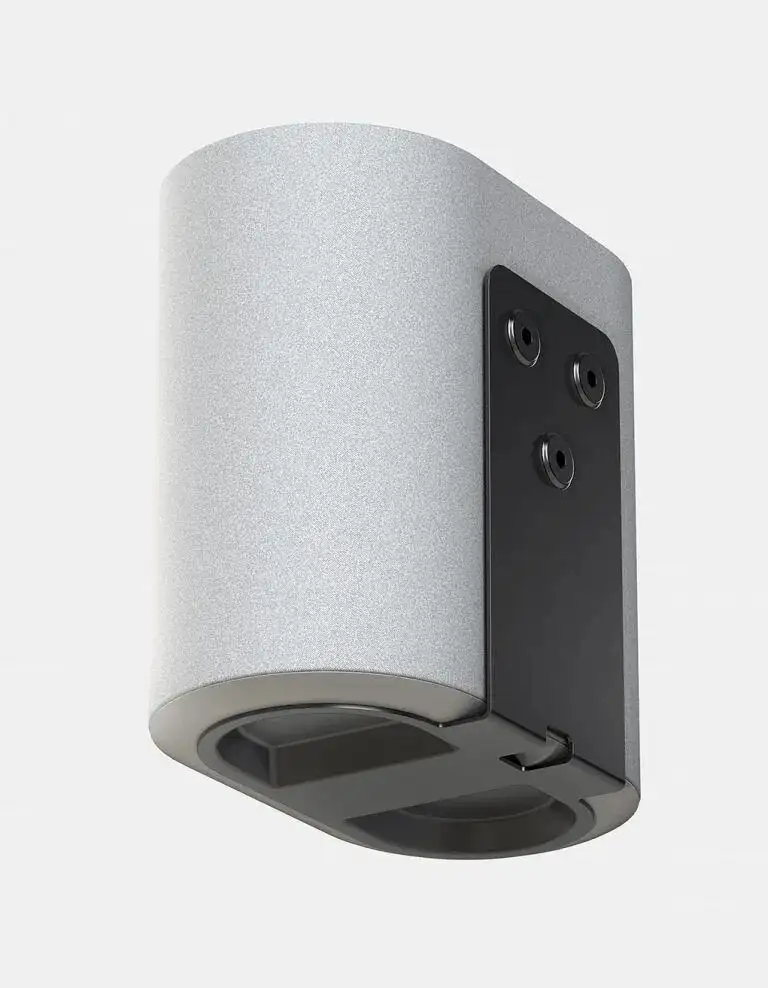
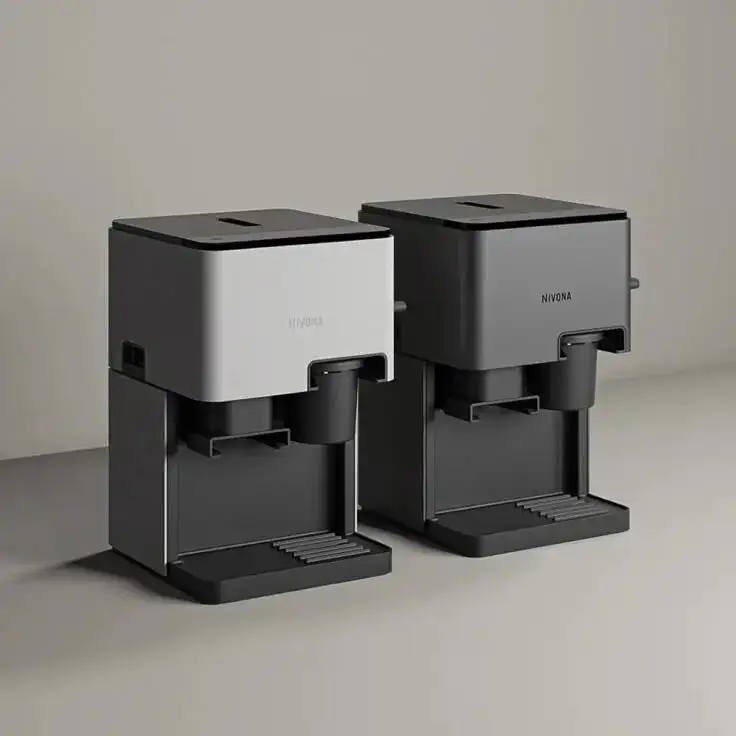
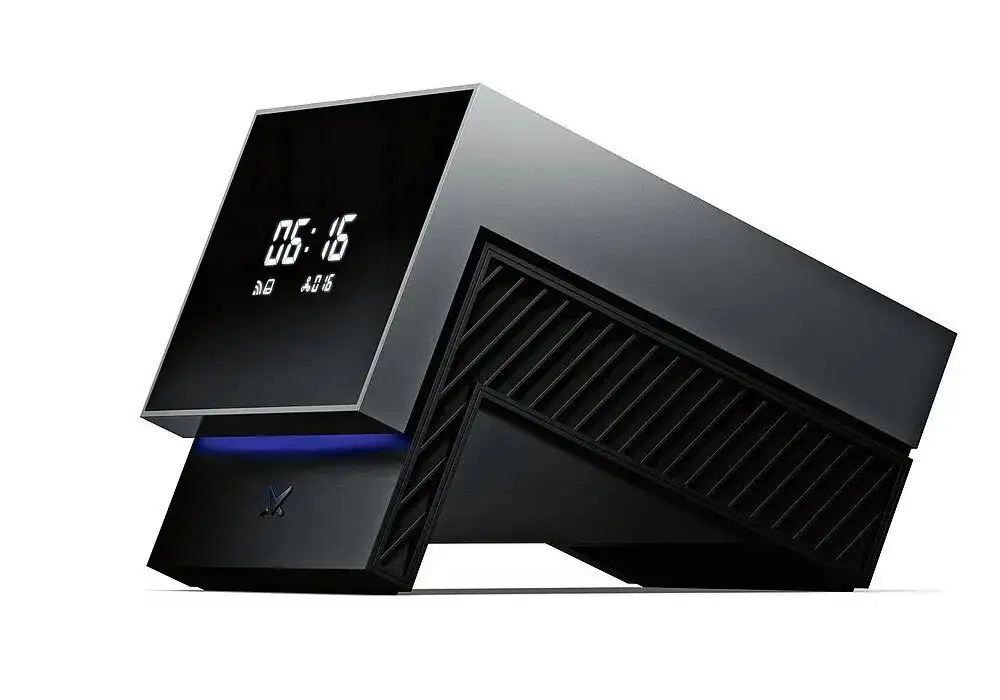
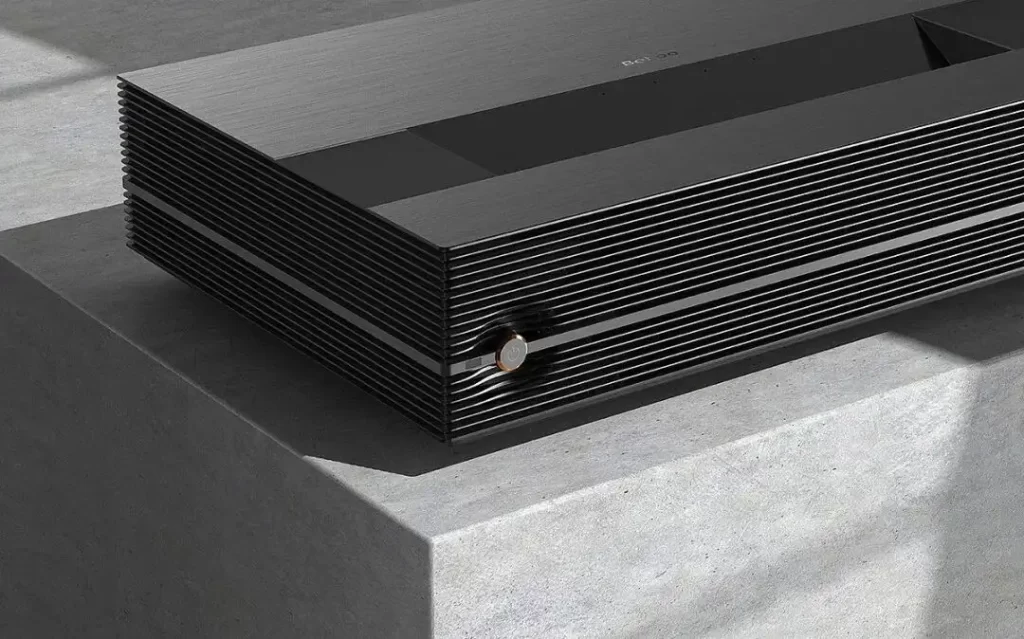
When encountering industrial design bottlenecks, where is the way out?
NINEIDEA: Industrial design is originally a field of innovation and inspiration, but now many designers and enterprises have hit the “South Wall”. Product homogenization is severe, market competition is fierce like a battlefield, new ideas are difficult to produce, and consumers’ thoughts are becoming increasingly difficult to guess. The driving force that once propelled the industry forward seems to be ineffective, and the future of industrial design is shrouded in gloom. When encountering bottlenecks in industrial design, how can these bottlenecks be overcome? Where is the way out? In such a dilemma, exploring ways to break through has become the top priority in the field of industrial design.
Returning to the essence of user needs and delving deeper into emotional connections
When the design is stuck in a bottleneck, why not go back to the starting point – user needs. In the past, our understanding of user needs may have been limited to the surface level of functionality, but now, delving deeper into emotional needs is the key. Taking home design as an example, people are no longer satisfied with the practical functions of furniture, but more eager for it to create a warm, comfortable, and personalized living atmosphere.
Designers can truly understand users’ inner desires through in-depth interviews, observing their life scenarios, and other methods. For example, when designing products for elderly people living alone, in addition to considering safety and usability, emotional companionship elements can also be integrated, such as smart desk lamps with voice interaction functions. While providing lighting, they can chat and relieve boredom with the elderly, making them feel cared for and warm.
Cross disciplinary integration, exploring new perspectives in design
Industrial design should not be limited to its own field, cross disciplinary integration can bring new inspiration and opportunities. Combining with the field of technology, cutting-edge technologies such as artificial intelligence and virtual reality can be utilized to endow products with new functions and experiences. For example, integrating AI technology into car design, achieving autonomous driving and intelligent interaction, and changing people’s way of transportation. Collaborating with the art field can enhance the aesthetic value of products and make them unique works of art.
Some brands collaborate with renowned artists to launch limited edition products that cleverly incorporate artistic elements into their designs, attracting the attention of consumers who pursue unique aesthetics. In addition, integrating with disciplines such as psychology and sociology can better grasp user behavior and social trends, and design products that conform to the trend of the times.
Advocate sustainable design and lead the trend of green development
With the increasing awareness of environmental protection, sustainable design has become an important direction for industrial design to break through bottlenecks. On the one hand, selecting environmentally friendly and recyclable materials can reduce the negative impact of products on the environment. For example, using discarded plastic to make fashionable furniture not only solves the problem of waste disposal, but also gives the product a unique texture. On the other hand, optimizing product design and extending its service life.
If modular design is adopted for electronic products, it is convenient for users to replace damaged parts themselves instead of discarding them as a whole, reducing resource waste. At the same time, the design process considers the disassembly and remanufacturability of the product, realizes the recycling of resources, meets consumers’ demand for environmentally friendly products, and wins a competitive advantage for sustainable development for the enterprise.
When industrial design encounters bottlenecks, by returning to the essence of user needs, cross disciplinary integration, and advocating sustainable design, we are expected to break through the fog, find new development directions, and create a new situation for industrial design.
@NINEIDEA九号创新 www.nineidea.com














